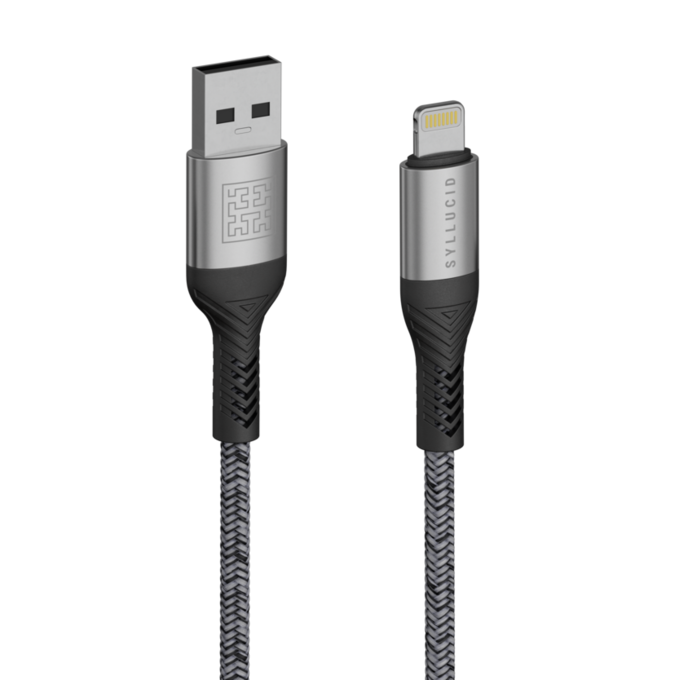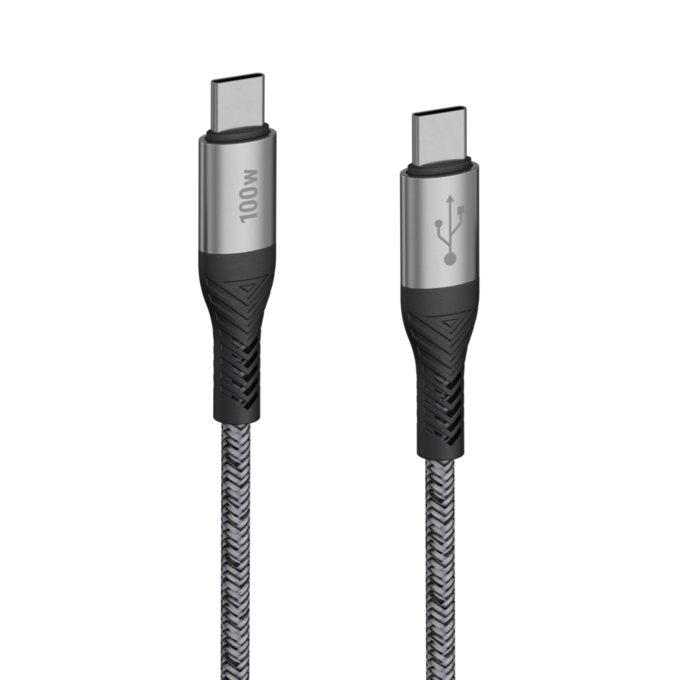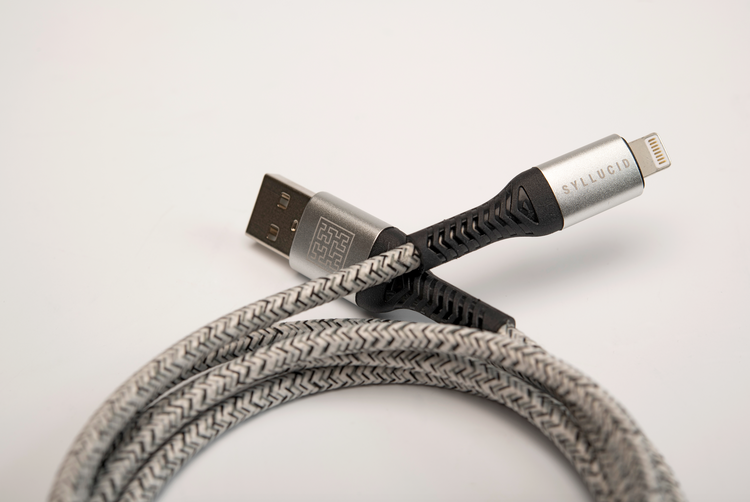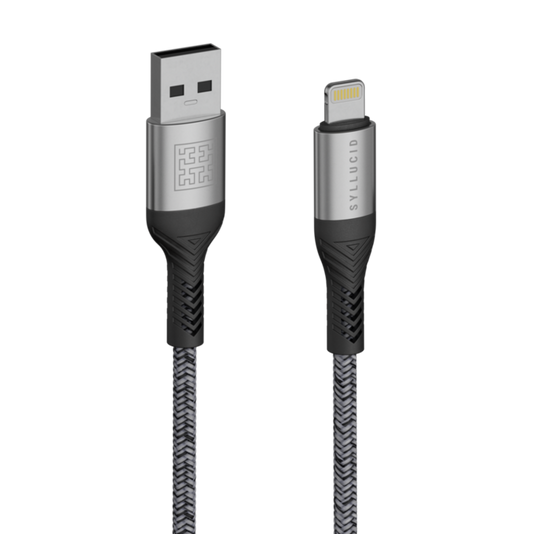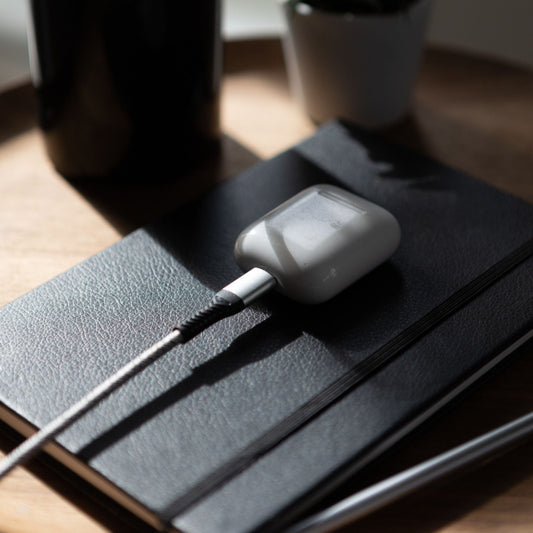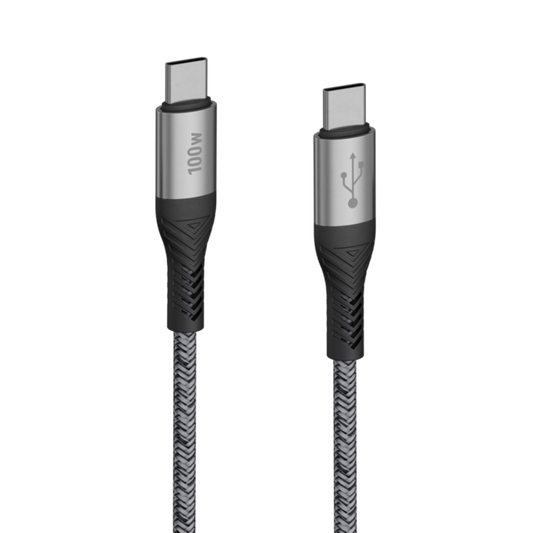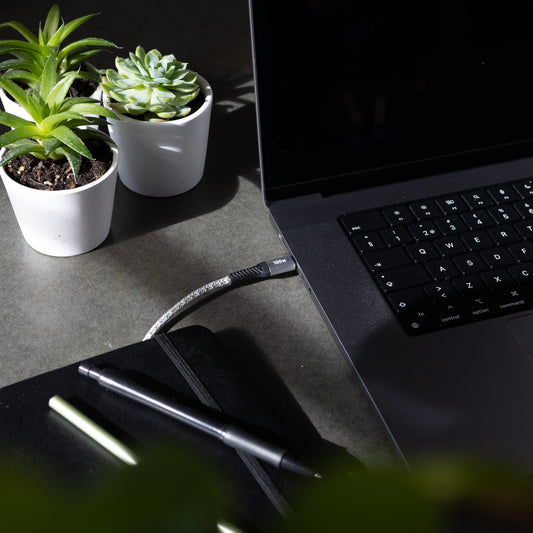USB cables are an integral part of our daily lives, connecting our devices and transferring data and power. However, it's no secret that some variants are frustratingly fragile and prone to breaking. This is bad news for your wallet and the environment. USB cables are full of precious metals that are worth saving from becoming e-waste and they emit a lot of emissions during their production. The longer you can keep them functioning, the better they are for the environment and your wallet.
To help you avoid the headache of a broken USB cable, we've compiled seven essential tips that will extend their lifespan and keep your devices connected for longer.
7 Essential Tips to make your USB cable last longer
- Unplug your cable carefully
- Roll Up Your Cable Gently
- Unplug your cable while using a device
- Store in a Protective Case
- Avoid Exposure to Moisture
- Use Cable Reinforcements
- Invest in High-Quality Cables
1. Unplug your cable carefully
To prevent unnecessary strain on your USB cables, always disconnect them from your devices with care. Avoid pulling the cable up or down while disconnecting to minimize pressure on the connector. Also avoid yanking or pulling the cable forcefully. Instead, gently grasp the connector (the end that plugs into your device) and pull it straight out to minimize stress on both the cable and the device's port.

2. Roll Up Your Cable Gently
When it comes to storing your USB cable, don't wrap it too tightly around your hand or an object. Roll it up gently and loosely, holding one end and creating loose, circular coils. This simple practice helps avoid kinks and reduces strain on the cable's internal wires.

3. Unplug your cable while using a device
Try to disconnect your USB cable when using a device if it applies too much pressure on the connectors. While it’s perfectly fine to use a phone or laptop while charging, be careful not to bend the cable too much in the process. For instance if you get a call while charging your phone, gently unplug it if possible or hold the phone in an angle where it doesn’t put too much pressure on the connector. Reducing this everyday wear and tear on the connector can significantly prolong the lifespan of your cable.
4. Store in a Protective Case
Invest in a dedicated protective case or cable organizer to store your USB cables when they're not in use. A proper case will shield them from accidental damage, tangling, and exposure to moisture, ensuring they stay in top-notch condition for longer. Especially when traveling and placing your cable in a backpack, unplug your cable from your charger and device and store it in its case.

5. Avoid Exposure to Moisture
Moisture can be a silent killer for USB cables and any other electronics. Prevent exposing them to water, humidity, or other liquids that may corrode the connectors or compromise the cable's internal components. Keeping them dry and away from damp environments will extend their life.
6. Use Cable Reinforcements
Consider using a cable reinforcement like a cable sleeve or an external bend protector at the cable's stress points. Even duct tape, when carefully applied, will do the job. This may not be the most elegant or practical solution but adding an extra layer of protection against friction can help to protect your cable from fraying and other damage. Make sure to do this as early as possible and not only when the copper wires are already exposed.
7. Invest in High-Quality Cables
A cable that was designed for durability will already come with extra protections against friction and undergo stringent testing, guaranteeing they are built to withstand everyday use. All of the above mentioned tricks will also help to make them last longer but you won’t have to be as careful. Read our ultimate guide on how to buy a usb cable for more information.
Conclusion
By following these seven practical tips, you can significantly increase the lifespan of your USB cables and avoid the hassle of dealing with frequent replacements. Careful unplugging, gentle rolling, proper storage, using reinforcements, avoiding moisture exposure, and investing in quality cables are all essential practices to keep your cables functional and reliable. Remember, proactive care can go a long way in preserving the connectivity of your devices and saving you time and money in the long run.
